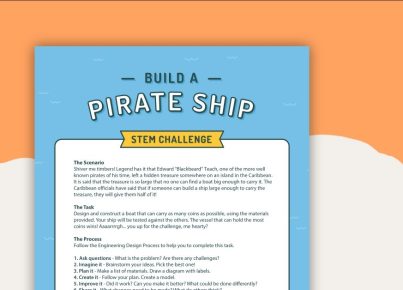Magic and mystery have always captivated the imaginations of children and adults alike. The beloved Harry Potter series transformed ordinary readers into hopeful wizards glued to the pages of J.K. Rowling’s magical universe. But what if we could bring the enchanting world of Hogwarts to life in our very own homes? With a little imagination and some hands-on science experiments, budding wizards everywhere can recreate that magical experience!
1. Invisible Ink Marauder’s Map
Creating your own Marauder’s Map is easier than you think! Using lemon juice as invisible ink, young wizards can write secret messages that only reveal themselves when heated. Simply dip a cotton swab in lemon juice and use it to write your message on paper. To uncover the hidden message, hold the paper close to a heat source such as a light bulb or iron, but be careful not to burn it! As the invisible ink heats up, it will become visible, revealing your secret message.
2. Floating Feather Wingardium Leviosa
Defying gravity is no longer restricted to the wizarding world! In this experiment, youngsters can make objects like feathers levitate using just a balloon and their static electricity. Rub a balloon on your hair or clothing for about 30 seconds to generate static electricity, then carefully move it close to a small lightweight object like a feather. The static charge will attract the object and make it float as though being lifted by a spell.
3. Colored Flames Lumos
Creating colored flames is an enchanting way to bring the Lumos spell into real life! You’ll need different metallic salts, such as copper sulfate (blue), boric acid (green), or strontium chloride (red) – these can be found at hobby stores or online. Sprinkle small amounts of each salt onto a burning wood fire or in an alcohol burner and observe as they produce mesmerizing, vibrant flames in various hues.
4. Potion-Making Herbology
Grow your own magical plants using herb seeds, soil, and a little love! Plant basil, rosemary, thyme, or lavender seeds in small pots and care for them daily by ensuring they receive adequate sunlight and water. As the herbs grow, your young wizard will develop their very own collection of magical potion ingredients.
5. Fizzing Whizbees Bubbling Potions
Recreate the fizzing magic of potions with simple household ingredients: baking soda and vinegar. Combine a teaspoon of baking soda with a couple of drops of food coloring in a cup. In another cup, mix a teaspoon of vinegar with some water. Pour the vinegar mixture into the baking soda cup and observe the colorful fizzy reaction that occurs.
These Harry Potter-inspired science experiments are sure to bring a touch of wizardry into every Muggle home. Not only do they provide a fun way to explore scientific principles, but they also encourage creativity and curiosity. Encourage your aspiring wizards to perform these experiments and let their magical journeys begin!





